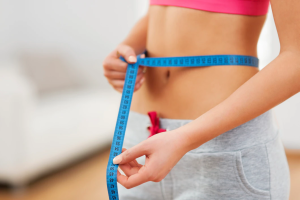The use of cold laser therapy was initiated in the 1960s by a Hungarian physician named Endre Mester. The devices were recommended for use in wound healing; smoking cessation; tuberculosis; temporomandibular joint disorder; for musculoskeletal disorders such as carpal tunnel syndrome, fibromyalgia, osteoarthritis, and rheumatoid arthritis.
At first glance, so many indications for use look at least strange. Nevertheless, more than 60 years have passed and cold laser therapy is still around. Today we are going to find out what it is, how it works, and whether it really works.
What is cold laser therapy?
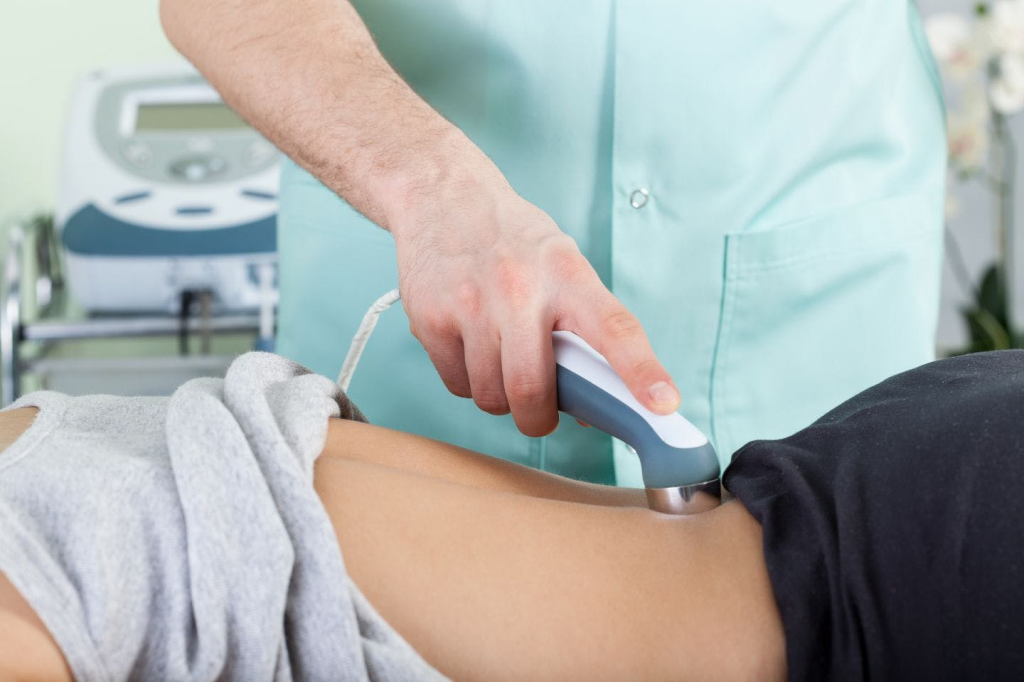
Cold laser therapy is a form of medical treatment that involves the use of a low-intensity laser to eliminate pain and inflammation. This treatment is usually classified as experimental or investigational because the benefits are still up for debate. Many proponents of this method make several claims about its effectiveness, and patients would be wise to critically evaluate these claims and seek the advice of a qualified medical professional before beginning any treatment.
Other terms used for this treatment include low-power laser therapy (LPLT), low-level laser therapy (LLLT), biostimulation, soft laser, and laser acupuncture. In all cases, this method involves exposing the skin to laser beams for set periods and at set intervals.
How does it work
The light is thought to stimulate damaged cells, promoting healing and reducing inflammation and pain. “Cold” refers not to the temperature of the laser, but to the fact that the laser is of low intensity, unlike high-intensity lasers, which can burn the skin.
The device itself, which emits “cold” pulses, is often comparable in size to an ordinary flashlight. It is placed directly over the surface to be treated. The procedure lasts from 30 seconds to several tens of minutes, depending on the treatment area and the intensity of the laser.
During treatment, “cold” photons of light penetrate through the skin layers (dermis, epidermis, subcutaneous base, or fat). At a wavelength of 830 nm at 90 mV, the penetration depth is 2 to 5 cm. The light that reaches the target area is absorbed by the tissue and interacts with the light-sensitive elements in the cell. This process can be compared to photosynthesis: the solar count is absorbed by the plants and converted into growth energy.
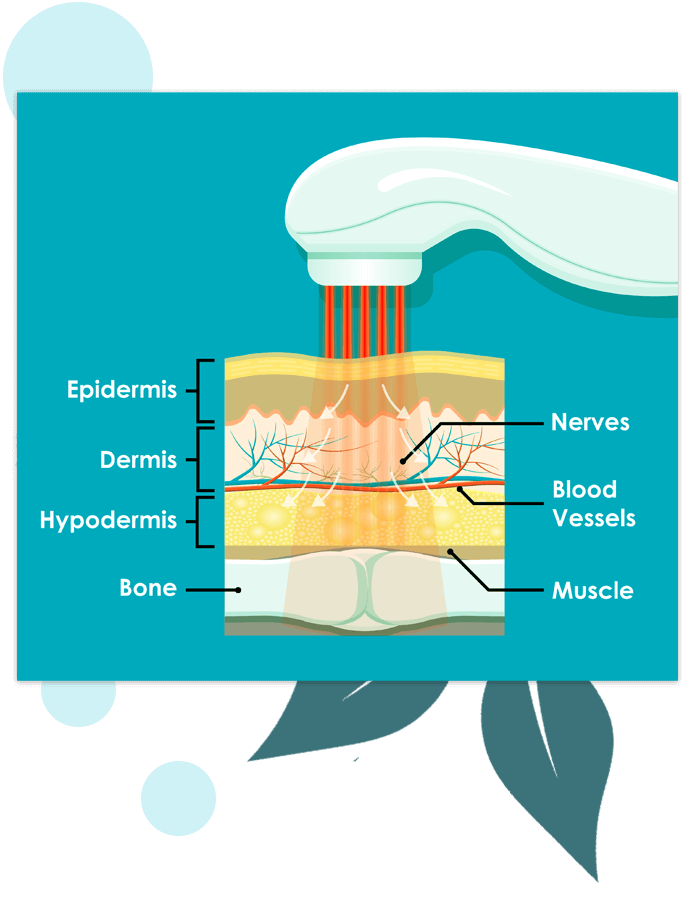
When light is absorbed, several processes are triggered in the cell, which theoretically leads to the normalization of the injured tissue, reduction of pain, inflammation, edema, and overall acceleration of healing by activation of intracellular metabolism.
What cold laser therapy is used for

At the beginning of this article, we briefly mentioned why we recommended the use of low-level laser therapy. Now we will list what it is most often used for now:
- reduction of inflammation;
- improvement of tissue blood supply;
- stimulation of local immunity;
- activation of metabolic processes and repair of damaged tissues;
- pain reduction;
- elimination of edema.
In addition, it is believed that cold laser therapy helps fight hair loss (alopecia in the scientific sense), softens skin, is used in dentistry, and helps fight pain, even in animals. We covered this in more detail in our other article.
What diseases of the musculoskeletal system can be treated with laser therapy?
Low-level laser therapy helps with the spinal pain that plagues these patients. It is effective for fibromyalgia — musculoskeletal pain.
At intervertebral hernias, as a result of compression of nerve roots and other causes, disturbing symptoms such as pain, numbness, burning sensation, tingling, and weakness in certain muscle groups. In most cases (about 75%), the disease can be treated without surgery.
Exposure to the laser helps reduce pain and other symptoms of sciatica (inflammation of nerve roots), and plexitis (inflammation of nerve Plexi).
Is cold laser therapy a hoax?
Low-level laser therapy has always been and still is a controversial topic. Indeed, many doctors consider it a hoax or attribute it to the placebo effect. However, the more research is done in this field, the more medical professionals are inclined to believe in the efficacy of cold laser therapy.
Many people find cold laser therapy helpful and see real results. But there are also those for whom the method has proven to be useless, which is why it is impossible to say unequivocally that LLLT is suitable for everyone.
Comparison of the types of cold laser therapy

Few people talk about it, but there are two main types of cold laser therapy — Broad treatment therapy and Laser trigger point therapy. They differ in the way they work, and I will explain what is what below.
Broad Treatment Therapy
The peculiarity of this type of laser therapy lies in the type of laser — it is wide-focus (hence the name). This laser covers a sufficiently large area and penetrates deep tissues, causing natural healing.
This treatment method uses large emitters and can cover an area up to 4.6 inches. These emitters can speed up healing time.
Laser Trigger Point Therapy
The main distinction of this type of cold laser therapy is the tiny area of exposure. These cold lasers are a sharply focused concentration of energy that stimulates an acupuncture point. The area that is stimulated is very small, but the laser can penetrate to a depth of 5 inches.
What is better?
We advise you to consult with your physician to see which type of cold laser therapy will be more effective in your case. Both types work great, it’s just that each body is different and requires a different approach. If your pain is pointy and “sharp”, you are better off with Laser Trigger Point Therapy, and if your pain is not as intense and covers certain areas, your doctor will recommend Broad Treatment Therapy.
Cold laser therapy pros & cons
Every procedure has its advantages and disadvantages, and cold laser therapy is no exception. We have compiled the pros and cons of LLLT into a small table for clarity.
Pros
- This procedure is non-invasive
- It is painless (the laser does not feel on the skin)
- Cold laser therapy can help relieve (reduce) arthritis and joint pain (a few studies showed such results)
- Doesn’t involve the use of pharmaceuticals
- No known side effects
- LLLT can speed up the healing
- It also reduces inflammation. The chemicals that cause pain in an area of the body are reduced by cold laser therapy. This results in reduced inflammation, pain relief, and even increased blood flow.
Cons
- It may take several (up to 30) sessions to achieve results
- It can cost you a lot if it’s not covered by insurance
- You may not see results right away or they may not be as bright as you expected
How effective is a cold laser?

Cold laser therapy is a hot topic of discussion and research in medicine. The problem is that most of the research is very old, and laser therapy devices are constantly improving, as is the effectiveness of the procedures. So we tried to focus on newer studies to determine efficacy.
First of all, LLLT is approved by the U.S. Food and Drug Administration (FDA) for the treatment of carpal tunnel syndrome. This condition involves nerve compression between bones, ligaments, and tendons and causes pain and numbness in the fingers.
One study [1] was conducted in 2015. This meta-analysis included 221 independent studies on the effects of cold laser therapy. Researchers found such a pattern, that LLLT can reduce low back pain. On the other hand, no significant effect of treatment on disability scores or range of motion of the spine was found.
Another similar meta-analysis [2] examined the effects of cold laser therapy on joint pain. In that case, 22 studies were selected for analysis, of which 11 were positive and 11 were negative (regarding the effect of LLLT). This study showed that laser joint therapy does reduce pain in patients. In addition, if we take a certain range of LLLT energy doses from the World Association for Laser Therapy (WALT) dosage recommendations, we can expect more reliable pain relief.
One more 2016 study [3] concerned musculoskeletal pain relief. It turned out that a variety of orthopedic conditions such as sprains, arthritis, neck and back pain, etc. responded well to LLLT treatment. However, the American Academy of Orthopedic Surgeons has no recommendations for or against its use because there are no long-term studies on the effects of cold laser therapy on various pain conditions (more than 2 years), as well as unequivocally positive results.
Another interesting fresh study [4] was conducted on a team of soccer players in 2019. LLLT was found to have an important antioxidant effect before training, reducing exercise-induced oxidative stress and therefore improving athletic performance and recovery after training.
Cold laser therapy’s side effects & contraindications
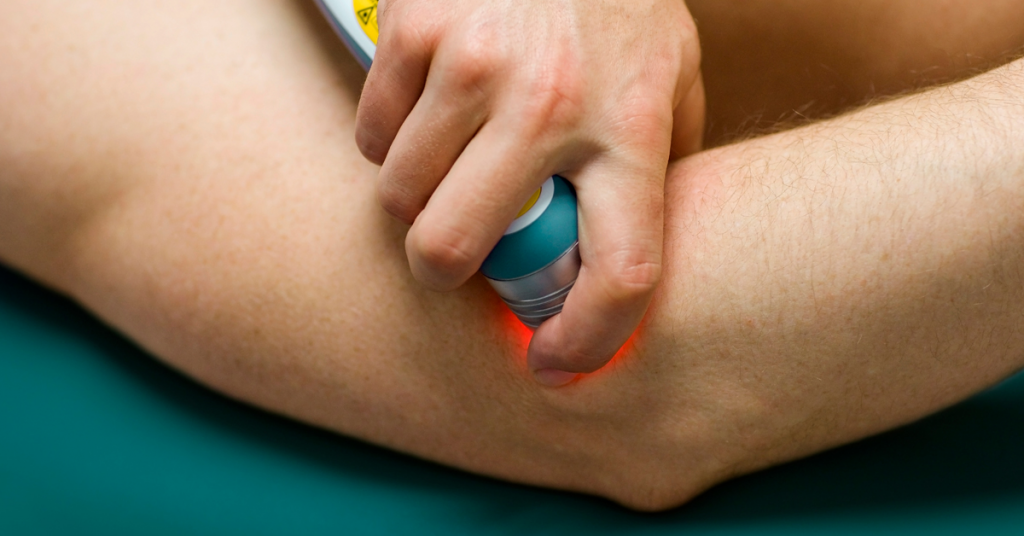
Cold laser therapy is a safe treatment method, however, there are some contraindications.
- The procedure must not be performed if there is any cancer or suspected cancer.
- Laser therapy is not used in women during pregnancy.
- Radiation should not get into the eyes under any circumstances. During the session, the doctor and the patient wear special protective goggles.
LLLT should also not be performed in cases of:
- Blood disease;
- Bleeding or a tendency to bleeding;
- The active stage of pulmonary tuberculosis;
- Infectious diseases in acute and subacute stages;
- Cardiovascular, hepatic, and renal insufficiency.
And what about side effects?
The good news is that there are no confirmed side effects of cold laser therapy. This is one of the reasons for its great popularity. Therefore, you can safely go for this procedure without fear of negative consequences.
Summary
Cold laser therapy, or LLLT, is still the subject of controversy around the world. However, many studies confirm its effectiveness in different issues. The possibility of using low-intensity radiation to reduce pain, stimulate wound healing, and relieve inflammation has been known for almost forty years since the invention of lasers. Low-intensity laser therapy (LLLT) has proven to be a promising treatment for many diseases, including as an alternative to medication. The spectrum of therapeutic effects of LLLT includes anti-inflammatory, analgesic, anti-edema, immunostimulatory and regenerative effects.
One of the big advantages of cold laser therapy is that there are no side effects, so you can use it without worrying about your health. In addition, there are quite a few good lasers for home use that even make the task easier. Although we do recommend that you talk to your doctor first to make sure that cold laser therapy will be effective in your case because it is all very individual.
FAQ
🤔Is cold laser therapy worth it?
Cold laser therapy is definitely worth a try. Every year, research in the field confirms that LLLT is becoming more effective than before, and many doctors are also changing their opinion about this type of treatment in a positive direction.
📆How often can you do cold laser therapy?
Usually, this procedure is recommended 2-4 times a week, but you may need quite a few procedures (20-30) to complete the therapy.
💭Does cold laser work for fat loss?
There are almost no studies on the effect of the cold laser on weight loss, but it is safe to say that you will not lose weight using only LLLT.
🤕Can cold laser therapy be harmful?
The cold laser therapy procedure is painless and has no side effects. So there is a negligible risk that LLLT will harm you in any way.
⌛How long does a cold laser take to work?
The duration of the session depends on the intensity of the laser, but on average the sessions last from 15 to 60 minutes.
Sources
1. Huang Z, Ma J, Chen J, Shen B, Pei F, Kraus VB. The effectiveness of low-level laser therapy for nonspecific chronic low back pain: a systematic review and meta-analysis. Arthritis Res Ther. 2015 Dec 15;17:360. doi: 10.1186/s13075-015-0882-0. PMID: 26667480; PMCID: PMC4704537. https://pubmed.ncbi.nlm.nih.gov/26667480/
2. Jang H, Lee H. Meta-analysis of pain relief effects by laser irradiation on joint areas. Photomed Laser Surg. 2012 Aug;30(8):405-17. doi: 10.1089/pho.2012.3240. Epub 2012 Jun 29. PMID: 22747309; PMCID: PMC3412059. https://pubmed.ncbi.nlm.nih.gov/22747309/
3. Cotler HB, Chow RT, Hamblin MR, Carroll J. The Use of Low-Level Laser Therapy (LLLT) For Musculoskeletal Pain. MOJ Orthop Rheumatol. 2015;2(5):00068. doi:10.15406/mojor.2015.02.00068 https://www.ncbi.nlm.nih.gov/pmc/articles/PMC4743666/
4. Tomazoni SS, Machado CDSM, De Marchi T, Casalechi HL, Bjordal JM, de Carvalho PTC, Leal-Junior ECP. Infrared Low-Level Laser Therapy (Photobiomodulation Therapy) before Intense Progressive Running Test of High-Level Soccer Players: Effects on Functional, Muscle Damage, Inflammatory, and Oxidative Stress Markers-A Randomized Controlled Trial. Oxid Med Cell Longev. 2019 Nov 16;2019:6239058. doi: 10.1155/2019/6239058. PMID: 31827687; PMCID: PMC6885272. https://pubmed.ncbi.nlm.nih.gov/31827687/
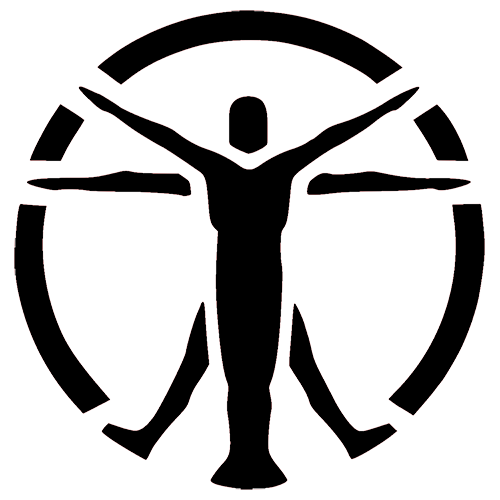
![What Cold Laser Therapy is Best for [Based on Science Studies] (2) Cold Laser Therapy](https://heliotherapy-institute.com/wp-content/uploads/sites/3/2022/06/What-Cold-Laser-Therapy-is-Best-for-Based-on-Science-Studies-2.png)


